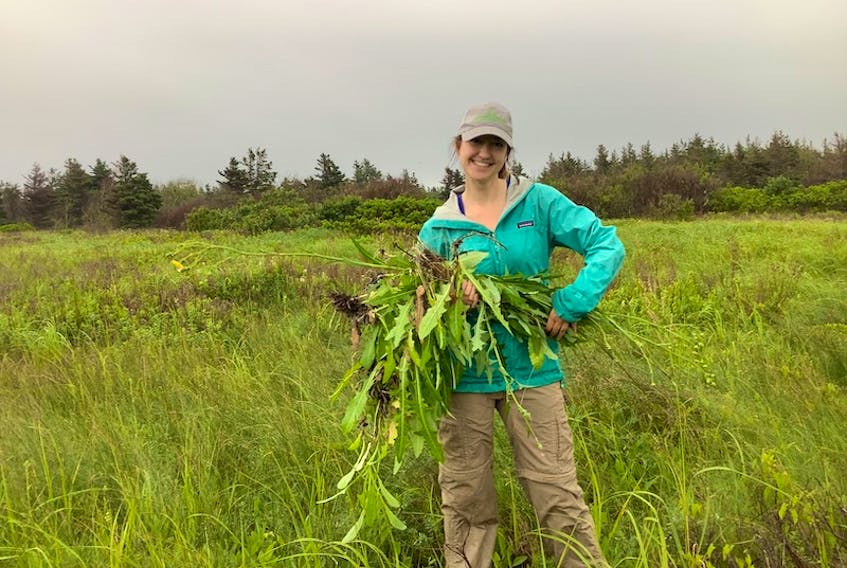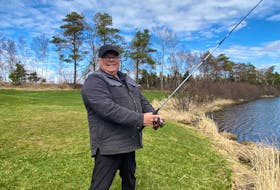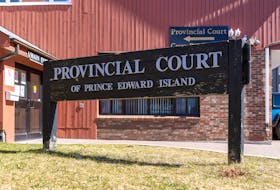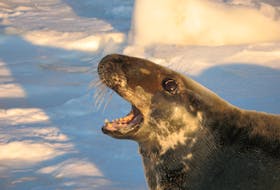Nature Conservancy of Canada (NCC) is sharing information about an aggressive weed that is crowding out native plants on the Island. NCC is advising residents about perennial sow-thistle, an invasive species that the conservation organization is grappling with on its conservation lands behind Blooming Point Beach.
NCC is undertaking a multi-year project to identify, map and remove by hand patches of perennial sow-thistle at its salt marsh property. Similar in appearance to a dandelion, this invasive species has small, yellow flowers perched at the ends of tall stems. Reaching heights of up to five feet, (1.52 metres tall) a single plant may have as many as 20 flower heads, which bloom from June to October. Its seeds can spread quickly during windy conditions.

“This invasive plant takes up valuable space and ground cover that can crowd out native plants if left unchecked,” said Hannah Kienzle, P.E.I. conservation assistant with the Nature Conservancy of Canada. “It looks like a giant dandelion. This hardy weed grows up to five feet in height and spreads outwards, occupying areas that are needed by native plants”.
Removing perennial sow-thistle is tedious and time-consuming. The entire plant must be pulled, and even a small root fragment can regenerate as a new plant. Recently, NCC received help from staff at Parks Canada, which has property adjacent to the Blooming Point Nature Reserve. Together, they hand-pulled and removed 13 bags of the invasive plant. Parks Canada is now stewarding its own lands to map the extent of sow-thistle.

“We are grateful to Parks Canada for their help in our invasive species pull. This is going to be a long mountain for us to climb. This weed is a very good disperser, both by wind (seeds) and by creeping rootstalks (rhizomes),” said Kienzle.
Some of the plants get quite large. A problematic plant for agriculture, perennial sow-thistle tends to take over fields and reduce crop yield. However, it can also become abundant in flood plain areas and on wetlands. NCC is in the process of collecting more information on how it impacts natural ecosystems. The plant does not pose a threat to humans.
Kienzle says P.E.I. residents can keep an eye out for it near their own homes, cottages, roadsides and occasionally in lawns and gardens. NCC is sharing information with the Prince Edward Island Invasive Species Council and is encouraging people to report any sightings as well.









